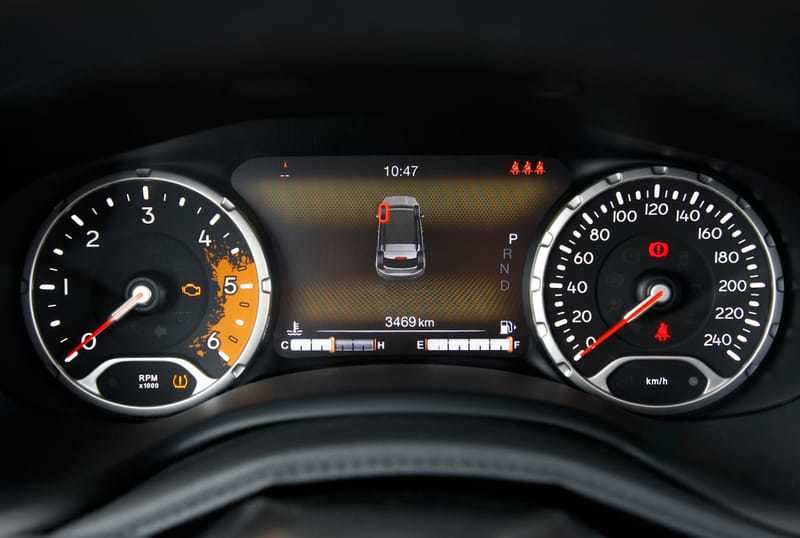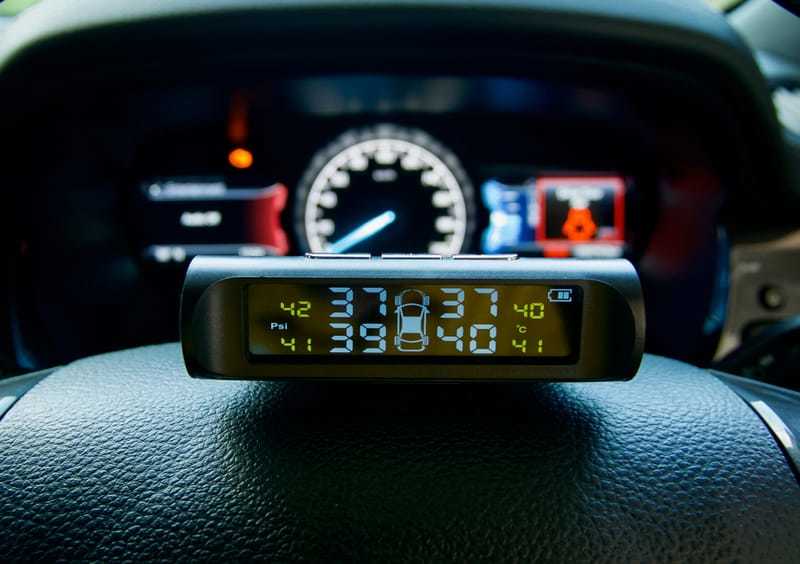Calibration has to be done right but it would depend on the vehicle’s age because it will involve swapping drive gears of the speedometer or computer reprogramming. Changing any of the stock parts which includes changing the tires of the vehicle can cause speedometer calibration. Bigger tires make the speedometer read 1 speed lower compared to the actual speed of the vehicle and smaller tires do the opposite. You should not worry because recalibrating the speedometer can be done by following a few important steps. This is important because you do not want to have more speed than what you are intending to have and it could also be because of road regulations.
What is a Speedometer?
A speedometer is an instrument which indicates the vehicle’s traveling speed during that time and the odometer gives a constant record of the vehicle’s distance so far. Knowing the speed of the vehicle gives important information for a safer operation of the vehicle which is helpful in avoiding a chance meeting with a law-enforcement officer. The odometer is going to notify the driver about the arrival of the service intervals. Vehicles are already equipped with drive speedometers that operate mechanically and they will continue to being the choice of people who are building or restoring a hot rod. The new cars have electronic speedometers, which are analog and digital, and majority of the aftermarket and original equipment suppliers now feature electronic speedometers as their main product.
How Tire Size Affect the Speedometer?
There is a sensor where the speedometer is attached which is able to detect the turning speed of the wheel. The programming of this sensor detects the speed according to the tire size which came from the manufacturer.
Smaller tires than the original equipment should be spinning faster so that the measured distance is covered while a larger tire is going to spin slower so the same distance is covered. This means that, in comparison to the original equipment, a larger tire will have more ground cover per rotation. Since the sensor of the speedometer is not aware of which tires your car has, it only assumes that the tire size is there and it cannot compensate for what is specified.
Mechanical Speedometer

Open the hood and search for the transmission. You should unscrew the cable from the transmission tail shaft, then take a crescent wrench so the bolt that holds the gear housing can be unscrewed. Take out the plate so the 2 gears are exposed: there is a drive gear inside the transmission and the attached gear to the cable. Count how many teeth the drive gear has and write the number.
The revolutions per mile should be multiplied by the number of drive gear teeth you wrote down. This value should be multiplied by the axle ratio of the vehicle which is found in the documents that came with the vehicle. You might also find it in the glove box of the vehicle. The solution should be divided by 1,001 and the result is how many drive gear teeth is needed.
Call the manufacturer or a service location for local speedometer and buy the right driven gear your vehicle needs. You should provide the model, make, and year of the vehicle to make sure they sell you the right one.
Take out the previous driven gear from the speedometer’s end cable by removing it from the clips that make it stay in place. The new gear should be clipped into place which has to be on the cable of the speedometer. Change the cover of the gear housing and lock it in place using the bolt you removed. Next, the speedometer cable should be secured into its original position.
Electronic Speedometer
Find out the test drive distance required to recalibrate the speedometer. You may find this information in the owner’s manual of your vehicle of the documents that came with it. You can also get it from the manufacturer of the vehicle.
Press the calibration button and hold it there, then start your car before releasing the button. After that, the button should be pressed again and drive the distance that was prescribed by the manufacturer of the speedometer.
Press the button again after driving the required distance. Finally, the speedometer is going to recalibrate on its own for the new tires.

Does Your Speedometer Have to be Checked?
The fast and easy way to find out if your speedometer is accurate is to use the highway stopwatch. If your speedometer calibration needs to be checked, this is what you should do:
Look for a highway that has mile markers. Maintain your speed and ask your passenger to use a stopwatch to find out how long it takes you to cover 1 mile. Then, you are going to divide 3,600 by how many seconds it took for you to complete 1 mile. This is going to give you the right speed reading. So, if the cruise control was set to 60 mph and the mile was achieved in 50 seconds, the real speed is 72 mph. You can already get pulled over for that.
This is also going to tell you that the speedometer reading is lower by 20% than what it should be. Of course, this is not completely accurate. You should still rely on a stopwatch to press start and stop at the right moment so your speed is always constant the whole time. There is definitely a margin of error here that you should be aware of.
In calibrating the speedometer, you should take note of this information because getting pulled over for going a little more than the requirement is not okay. If you do not know how to do properly do it, ask a professional to calibrate for you.
